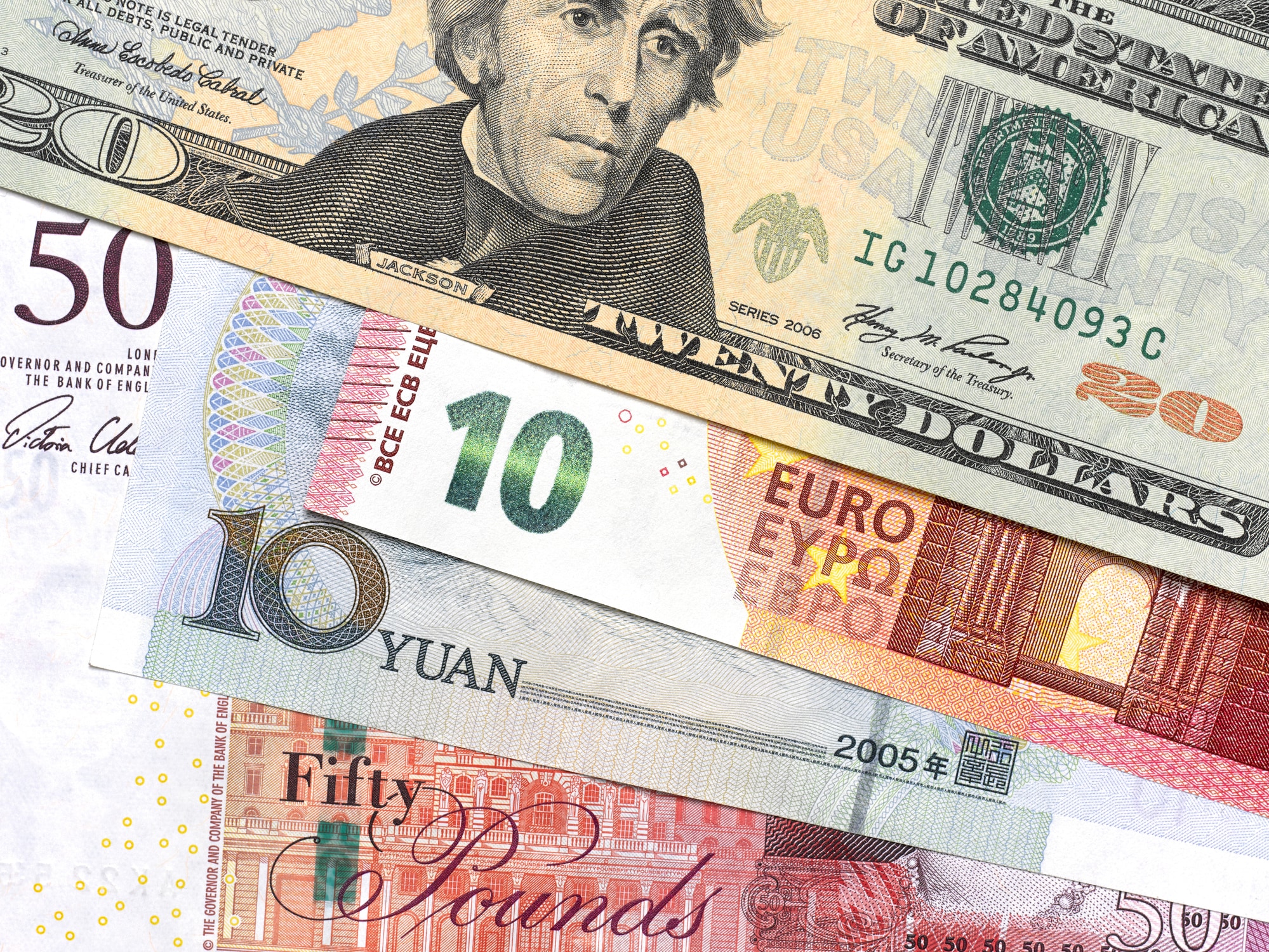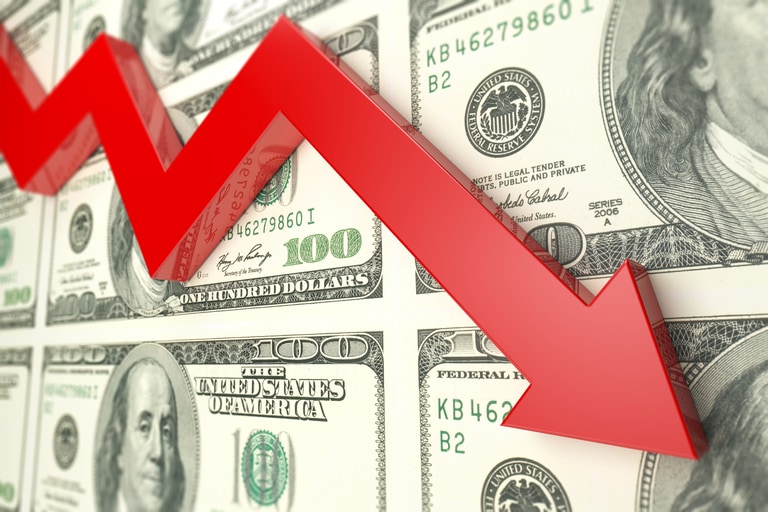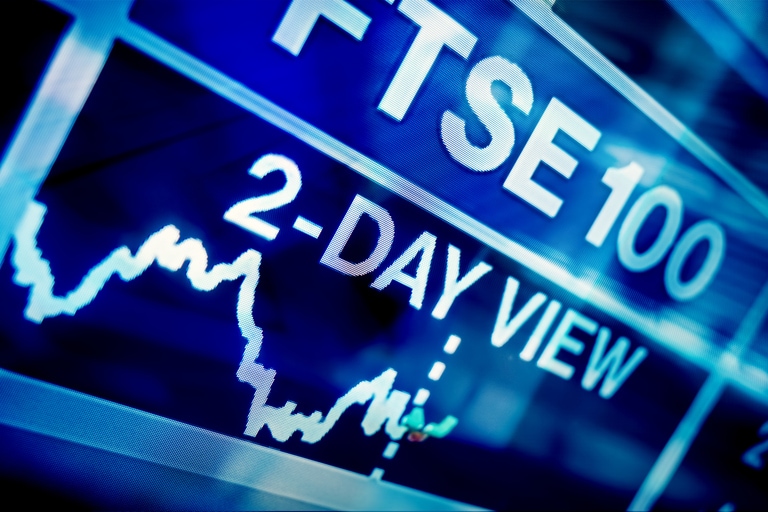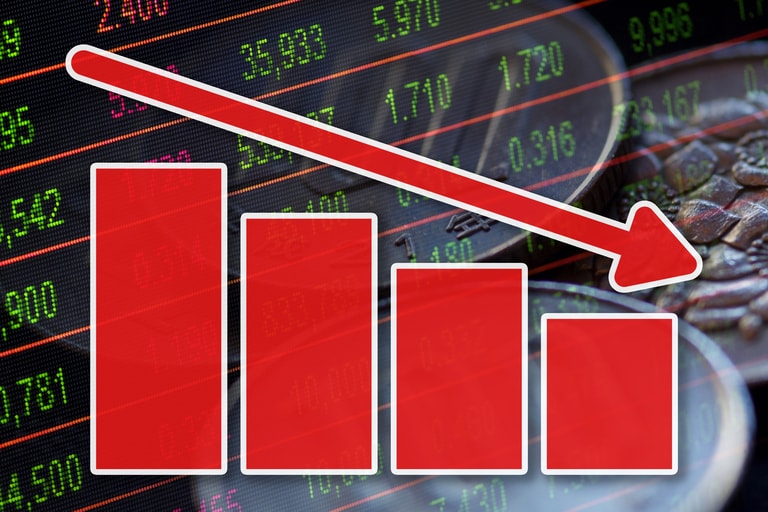The early part of yesterday’s trading saw European markets slide into the red, a trend that was reinforced when US core CPI hit its highest level in 40 years at 6.6%, beating expectations.
US markets also opened sharply lower, as markets started to price in the prospect of not only a 75bps rate hike in November, but a 75bps move in December as well, sending US 2 year yields up to 4.5% and a 15 year high.
Despite this surge in US yields, US markets quickly reversed their early losses in a move that can only be described as a technical rebound.
Having come off the back of 6 days of losses it could be argued that yesterday’s hotter than expected CPI reading may well have been partially priced in as far as stock markets were concerned.
The S&P500 rallied off its lowest levels in 20 months at 3,500, which technically also happens to be a 50% retracement of the entire up move from the 2020 lows, at 2192 and the highs this year at 4,818.
The Nasdaq 100 also rallied off the 61.8% retracement off the same 2020 lows and 2022 peaks.
Most of the gains came from financials and the energy sector, with US banks rallying ahead of the release of the Q3 numbers later today of JPMorgan Chase, Citigroup, and Wells Fargo, which could offer some important insights into how US consumers are spending their money.
As a result of yesterday’s sharp turnaround in the US we can expect to see European markets open sharply higher as we come to the end of what has been a turbulent week.
UK markets also saw some big moves yesterday with UK gilt yields retreating sharply, and the pound surging on reports that the government will execute further U-turns when it comes to its recent mini-budget measures. While Number 10 Downing Street has denied such a U-turn will happen, markets seem to think that the Chancellor won’t have a choice, and his early departure from the IMF meetings in Washington appears to suggest that something is afoot.
There is also an expectation that whatever the Bank of England and Governor Bailey says about ending the support for the gilt market today, if we get further turbulence next week, they will have little choice but to step in and provide liquidity to the market.
The rebound in the pound was also helped by a sell-off in the US dollar, on an expectation that we could well see more aggressive hikes from the ECB and the Bank of England in response to a more aggressive Federal Reserve.
While yesterday’s rebound was a welcome respite after the weakness seen in markets this week there’s no reason to think that it was anything more than a technical rebound off some key support levels.
In Asia this morning markets also rallied as we await the latest China trade numbers for September which are expected to point to a Chinese economy that is continuing to struggle against the backdrop of the government’s zero-covid policy. The numbers in August reinforced a continued lack of confidence on the part of the Chinese consumer, as well as a lack of demand, slowing to a weaker 0.3%, well below expectations of 1.1%.
We do know that Chinese authorities are taking steps to help the economy, and it is hoped that these will start to bear fruit, however even with those imports are still expected to decline from 0.3% to 0%.
Exports are expected to slow from 7.1% to 4% when the numbers are released shortly.
Later today we get the latest US retail sales numbers for September after a mixed set of numbers in August. The August numbers came in at 0.3%, however July was revised sharply lower to -0.4%, while June was also revised lower from 1% to 0.8%, suggesting perhaps that the US consumer is starting to feel the effects of higher prices on their spending patterns.
Consumer spending has been remarkably resilient this year, with only two negative months, however we do know from the likes of Walmart and Target that consumers are becoming more discerning about where they spend their money. Expectations are for a gain of 0.2% which would be a modest slowdown from August.
University of Michigan consumer confidence could also offer some clues as to how US consumers are feeling.
EUR/USD – rebounded from the 0.9630 area yesterday. We remain in the wider downtrend, keeping the bias for further losses towards 0.9000. A break above parity and the 50-day SMA is needed to signal a short squeeze, towards 1.0200.
GBP/USD – yesterday’s surge through the 1.1200 area has seen the pound break sharply higher, however we need to see a move through the 1.1500 area to suggest a short-term base might be in. Support now comes in at the 1.1200 area.
EUR/GBP – fell below the lows last week dropping to one-month lows, falling below the 0.8670 area, and opening the prospect of a move towards trend line support from the August lows and 100-day MA at 0.8560. We now have resistance back at the 0.8760 area.
USD/JPY – matched the previous 1998 peaks at 147.65/70 yesterday before retreating. This is now the main obstacle to a move towards 150.00. Bias remains higher while above the lows last week at 143.50.
CMC Markets erbjuder sin tjänst som ”execution only”. Detta material (antingen uttryckt eller inte) är endast för allmän information och tar inte hänsyn till dina personliga omständigheter eller mål. Ingenting i detta material är (eller bör anses vara) finansiella, investeringar eller andra råd som beroende bör läggas på. Inget yttrande i materialet utgör en rekommendation från CMC Markets eller författaren om en viss investering, säkerhet, transaktion eller investeringsstrategi. Detta innehåll har inte skapats i enlighet med de regler som finns för oberoende investeringsrådgivning. Även om vi inte uttryckligen hindras från att handla innan vi har tillhandhållit detta innehåll försöker vi inte dra nytta av det innan det sprids.






